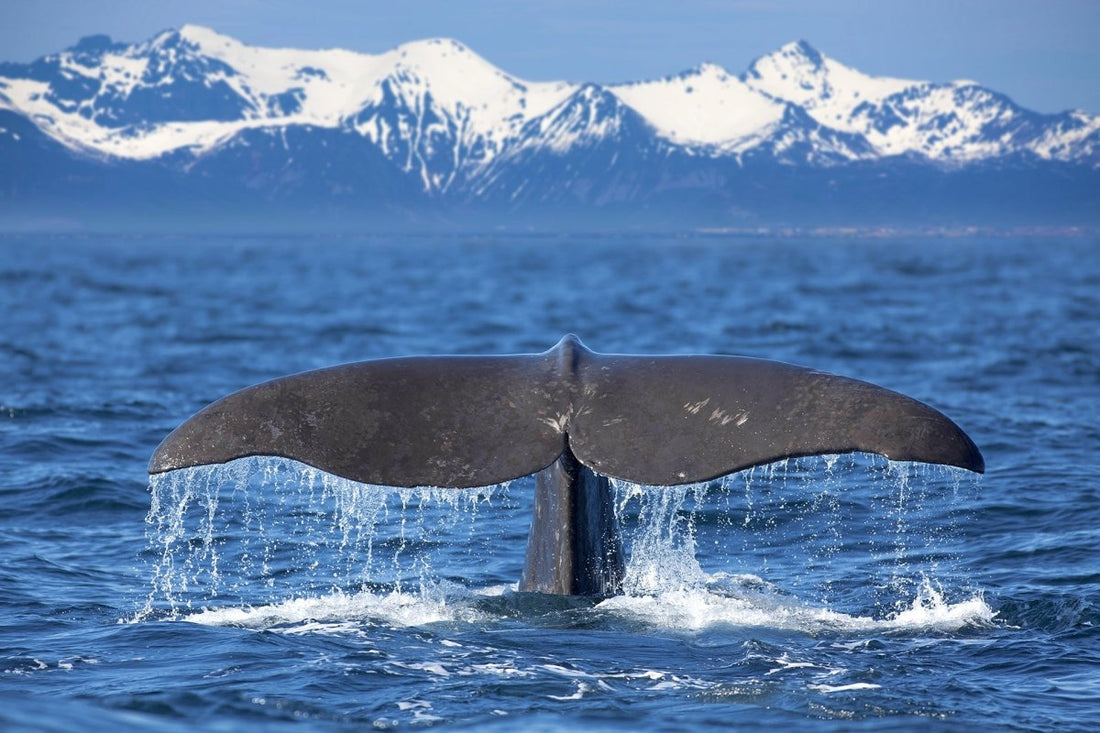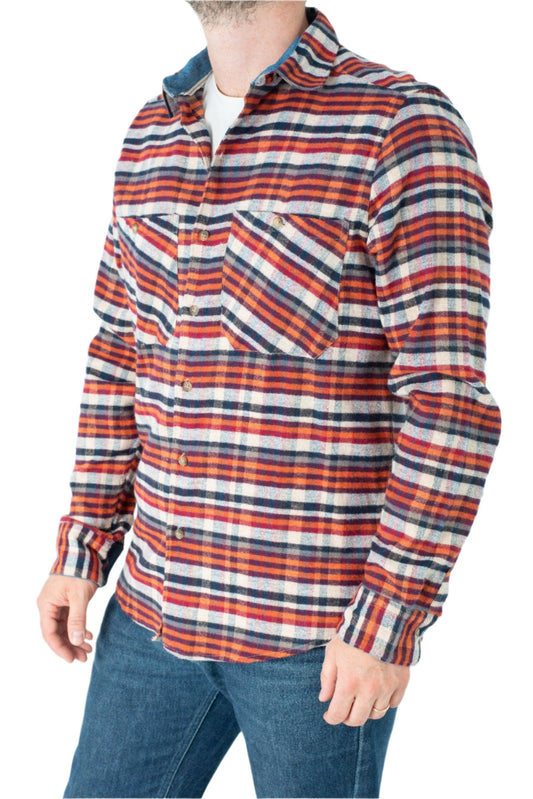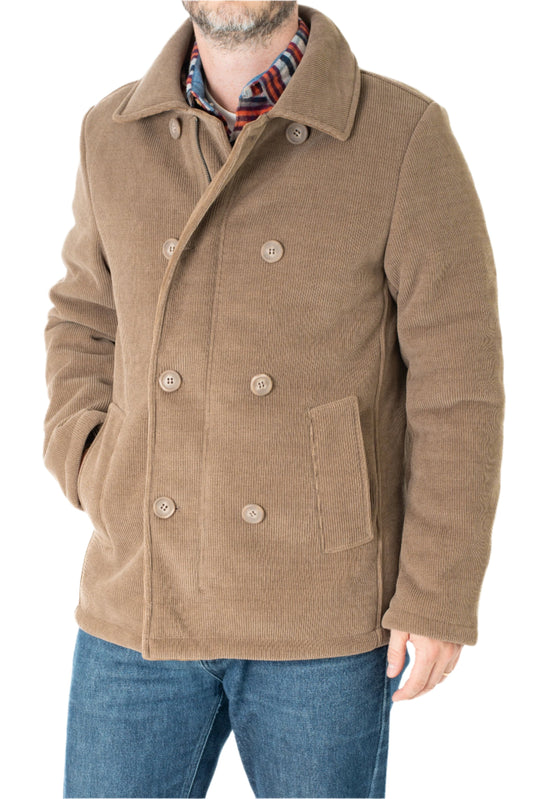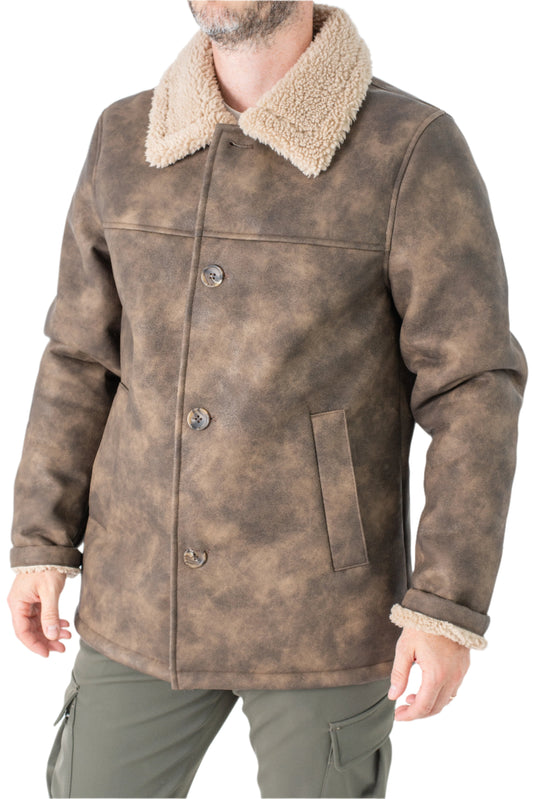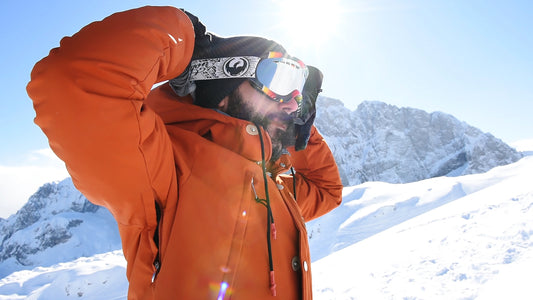Protagonists of films and documentaries, marine orcas are victims of a bad reputation that does not do them justice. This marvelous marine mammal has often been depicted as a cruel killer without mercy for humans or other sea inhabitants, but the truth is quite different: let's debunk this false myth.
The most sensitive animals in Norway
First of all, few know that for marine orcas, love is forever. Typically, orcas live in groups of 5 to 40 individuals, consisting of a dominant male plus several young and old females. The male chooses a female with whom he will remain monogamous for life, while the other females remain within the group, forming an extended family, like aunts and sisters. By analyzing the brains of orcas, scientists have discovered that they possess a part of the brain that is absent in humans. Here it is said to house a kind of emotional intelligence that makes them the most sensitive animals in Norway and probably in the whole world.
Possible causes of the droopy fin If you have seen these mammals in aquatic parks, one of the first features that is impossible not to notice is the slightly drooping dorsal fin. According to researchers, this phenomenon often occurs in male specimens for two possible reasons: firstly, fights with other orcas, and secondly, stress. Others, however, prefer the term "droopy fin" precisely because they assert that this peculiarity is caused by old age.
Names and nicknames of the killer whale
In English, the marine orca is better known as the killer whale. The origin of the term "orca" is not entirely clear. The most amusing hypothesis is that it derives from Latin, where "orca" means barrel, perhaps due to its rounded body shape. In Norway, it is possible to observe these magnificent marine mammals up close, either comfortably from a boat or by diving into the water with them. In both cases, we suggest dressing in technical gear and keeping warm with our Nobile N1 jacket from Svalbard Islands, perfect for urban strolls as well. Spotting is possible every month of the year, but for snorkeling, it is advisable to plan the excursion during January because only in this month can you be certain of spotting them on any given day without worrying too much about the few hours of sunlight

